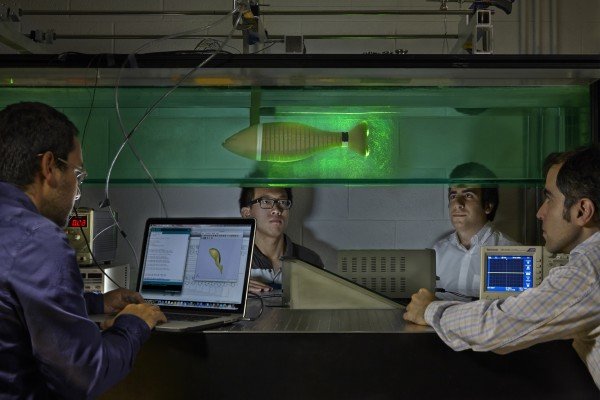Several interactive systems can be found in the literature for simulating taste sensations, especially in the area of Human-Computer Interaction (HCI). However, these solutions mostly use an array of edible chemicals to produce different taste sensations. Using chemicals in an interactive system is unrealistic since a set of chemicals is difficult to store and manipulate. Furthermore, the chemical stimulation of taste is analogous in nature, making it impractical to use this approach for digital interactions. Therefore, it is evident that a new non-chemical approach is required to achieve digital control over the sensation of taste.
Thus, a digital method for simulating the sensation of taste is introduced by actuating the human tongue through electrical and thermal stimulation methods.
The synthesiser was developed by a team led by Nimesha Ranasinghe at the National University of Singapore, who thinks that one day TV viewers will be able to taste the food in cookery shows, too.
Signals that reproduce the four well-known major taste components – salt, sweet, sour, bitter – are transmitted through a silver electrode touching the tip of the tongue. The taste receptors are fooled by a varying alternating current and slight changes in temperature controlled by semiconductor elements that heat and cool very rapidly.
“We have found noninvasive electrical and thermal stimulation of the tip of the tongue successfully generates the primary taste sensations,” says Ranasinghe. The device is a little clunky at the moment, but redesigning it will mean it can be in contact with the tongue when the user’s mouth is almost closed. It was presented at the ACM Multimedia conference in Barcelona, Spain, last month.
Story Source:
The above story is reprinted from materials provided by Newscientist.





